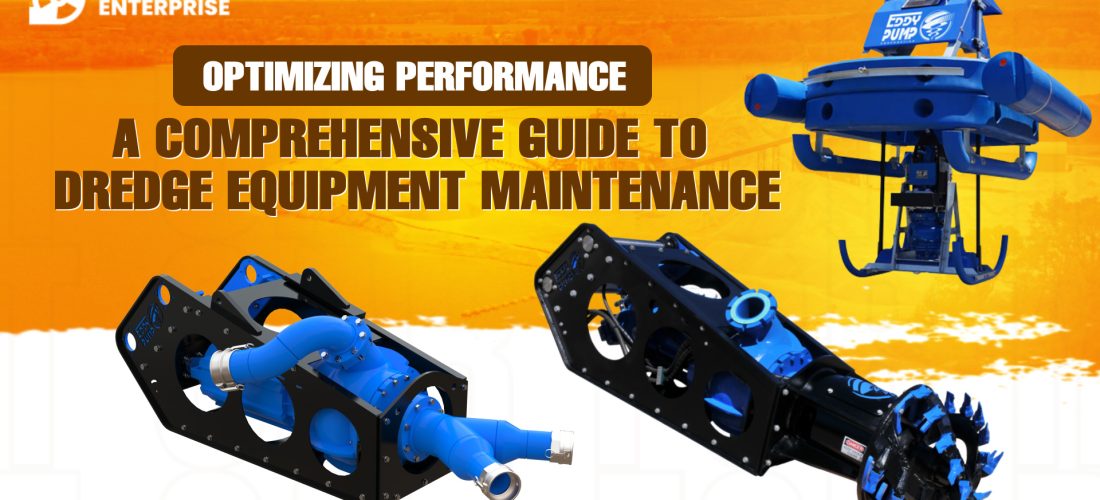
Introduction
Dredge equipment plays a pivotal role in various industrial applications, from mining and construction to environmental remediation. Ensuring these machines operate at peak performance is critical for the success of any dredging project. Regular maintenance is not only essential for prolonging the life of the equipment but also for improving its efficiency and preventing costly downtime. This comprehensive guide will walk you through the key aspects of dredge equipment maintenance, helping you optimize performance and maintain reliable operations.
Section 1: Understanding Dredge Equipment Maintenance
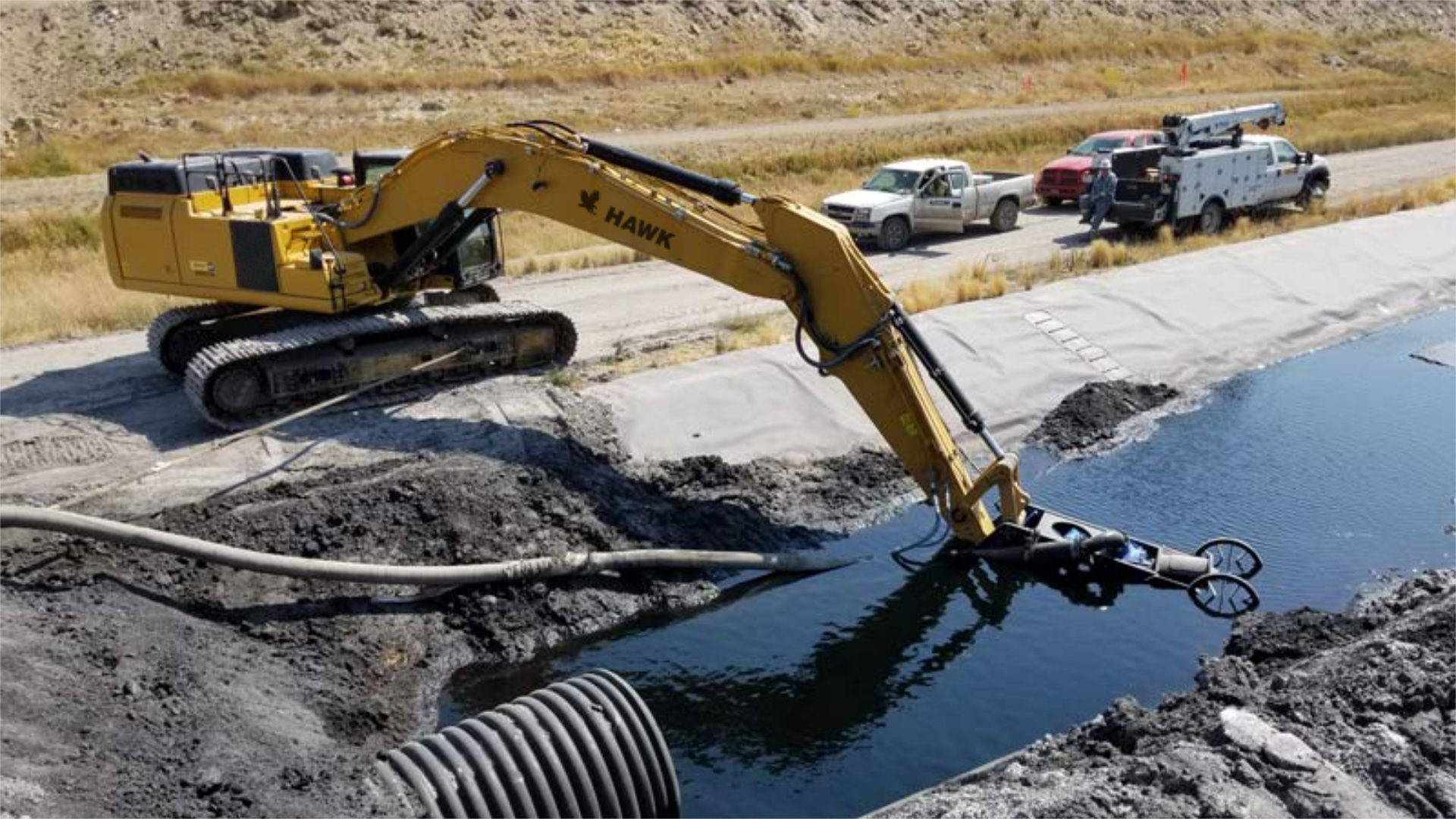
Dredge equipment maintenance encompasses all activities aimed at keeping dredging machinery in optimal working condition. This includes preventive, predictive, and corrective maintenance strategies, each playing a vital role in ensuring the equipment’s longevity and efficiency.
Types of Dredge Equipment
- Dredge Pumps: Essential for transporting slurry, sediment, and other materials.
- Cutterheads and Excavators: Used for breaking up and removing materials.
- Pipelines and Hoses: Transport the dredged material to disposal or processing sites.
- Electrical and Hydraulic Systems: Power the various components of the dredge equipment.
Section 2: Key Components of Dredge Equipment Maintenance
Preventive Maintenance
Preventive maintenance involves regular, scheduled inspections and servicing to prevent equipment failures. This proactive approach includes routine checks, cleaning, lubrication, and parts replacement, aiming to address potential issues before they lead to significant problems.
Predictive Maintenance
Predictive maintenance uses data and monitoring tools to predict equipment failures before they occur. By analyzing performance data and using advanced diagnostic tools, maintenance teams can identify early warning signs and take corrective actions, reducing the risk of unexpected breakdowns.
Corrective Maintenance
Corrective maintenance is the process of repairing or replacing faulty components after a problem has been detected. While this approach is often reactive, having an efficient repair process in place can minimize downtime and get the equipment back to optimal performance quickly.
Section 3: Maintenance Strategies for Different Types of Dredge Equipment
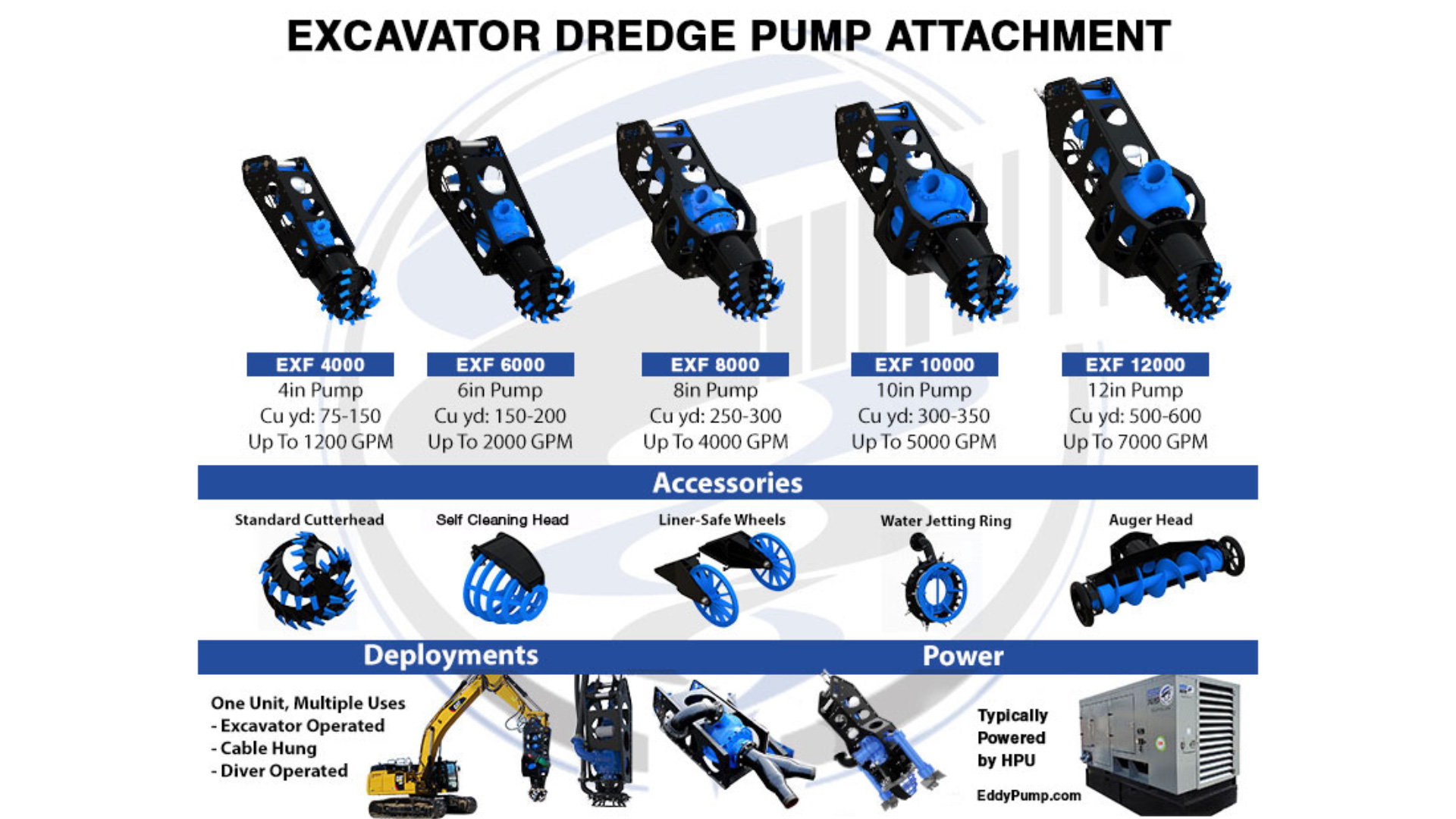
Dredge Pumps
- Common Issues: Cavitation, impeller wear, and seal failures.
- Best Practices: Regularly inspect and replace worn parts, ensure proper alignment, and maintain optimal operating conditions to prevent cavitation.
Cutterheads and Excavators
- Wear and Tear: Blades and teeth can wear down quickly due to constant abrasion.
- Maintenance Tips: Regularly inspect cutting edges, replace worn or damaged parts, and ensure proper lubrication to maintain cutting efficiency.
Pipelines and Hoses
- Leaks and Blockages: Common issues that can reduce efficiency and cause environmental hazards.
- Maintenance Tips: Conduct regular inspections for leaks, ensure proper connections, and clean pipelines to prevent blockages.
Electrical and Hydraulic Systems
- Electrical Failures: These can result from poor connections, corrosion, or component failures.
- Hydraulic Issues: Include fluid contamination and leaks.
- Maintenance Tips: Regularly check electrical connections, clean and inspect hydraulic lines, and maintain fluid quality.
Section 4: Implementing a Dredge Equipment Maintenance Program
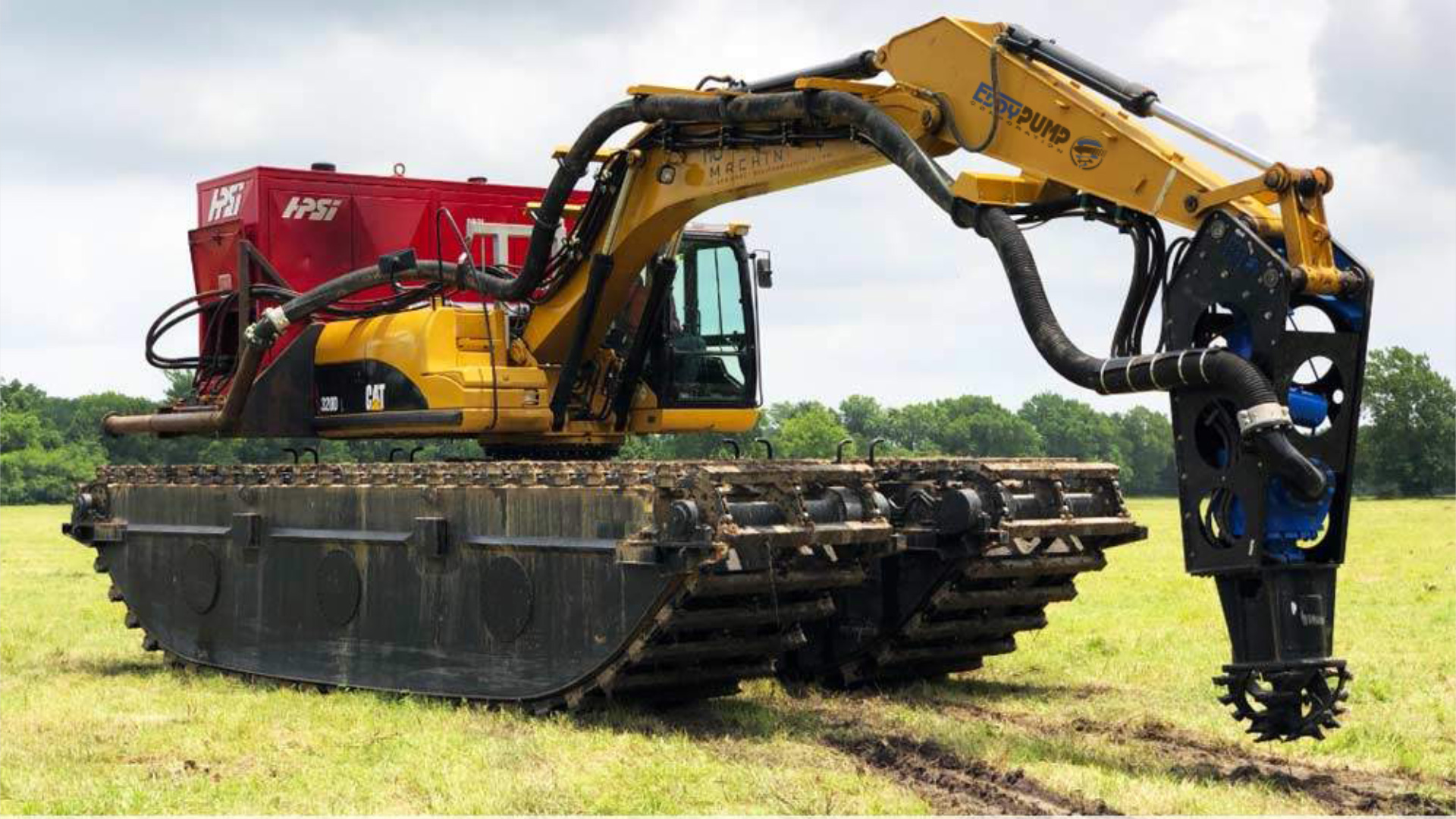
Developing a Maintenance Schedule
Creating a comprehensive maintenance schedule is crucial for systematic upkeep. Tasks should be categorized into daily, weekly, monthly, and annual activities to ensure thorough coverage.
Training and Educating Personnel
Skilled maintenance staff are essential for effective equipment upkeep. Providing ongoing training and resources ensures that personnel are knowledgeable about the latest maintenance techniques and technologies.
Using Technology and Tools
Leverage digital monitoring systems and maintenance management software to streamline maintenance activities. These tools can help track equipment performance, schedule maintenance tasks, and record service history.
Section 6: Troubleshooting Common Dredge Equipment Issues
Identifying Symptoms
- Reduced Pump Performance: This could indicate impeller wear or blockage.
- Cutterhead Inefficiencies: Often caused by worn or damaged blades.
- Pipeline Leaks and Blockages: Symptoms include reduced flow rates and visible leaks.
Troubleshooting Guide
- Step-by-Step Process: Identify the issue, inspect affected components, perform necessary repairs or replacements, and test the equipment to ensure proper function.
When to Call Experts
Certain complex issues may require professional expertise. Recognizing when to seek external help can save time and prevent further damage.
Section 7: Cost-Benefit Analysis of Dredge Equipment Maintenance
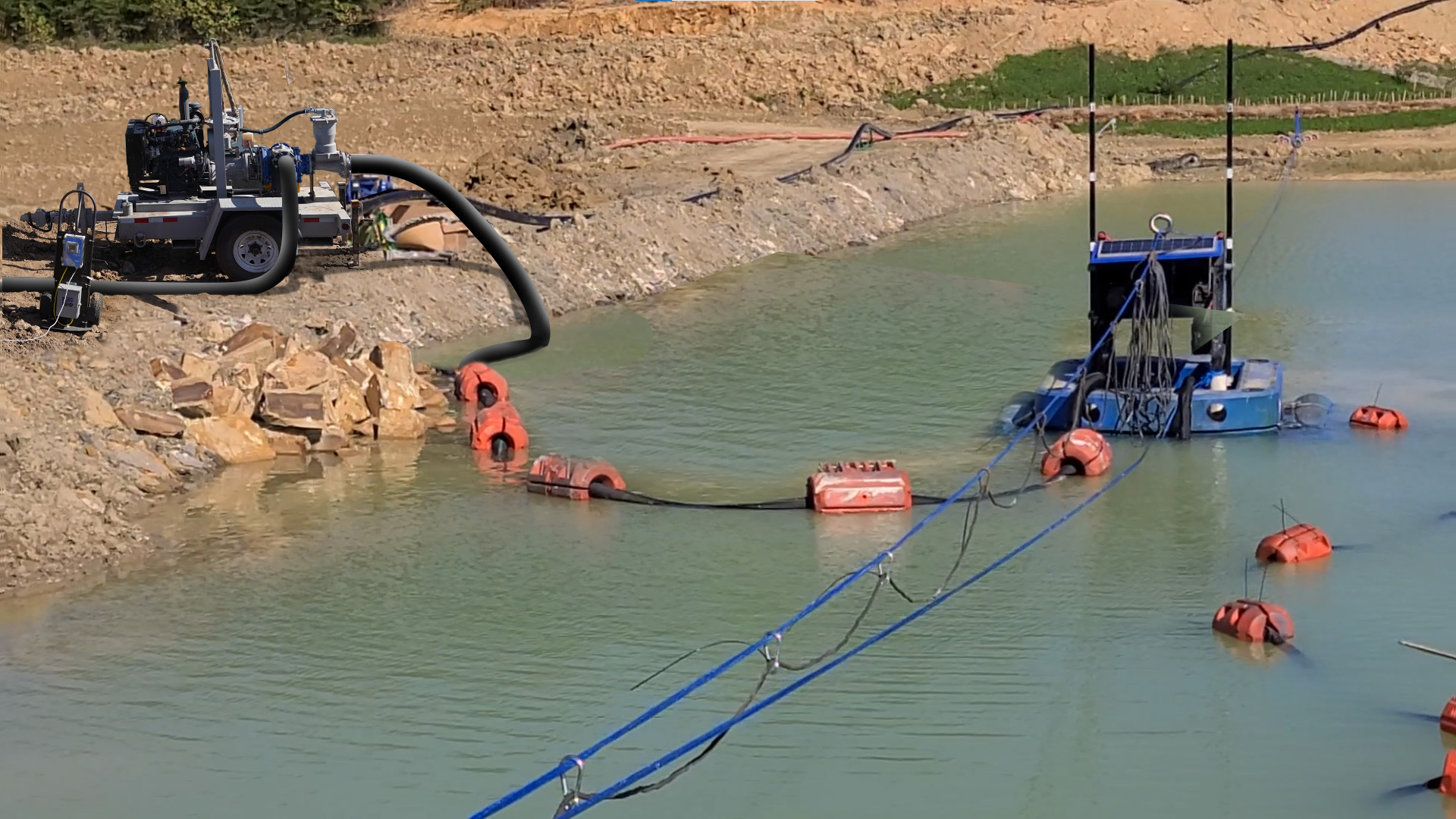
Calculating Costs
- Regular Maintenance Costs: Include labor, parts, and downtime for scheduled maintenance.
- Unexpected Repair Costs: Often higher due to emergency repairs and prolonged downtime.
Long-Term Benefits
- Proactive maintenance reduces overall costs by preventing major failures and extending equipment life.
- Efficient maintenance practices improve project timelines and reduce operational risks.
Conclusion
Maintaining dredge equipment is essential for ensuring long-term performance and reliability. By implementing a comprehensive maintenance program, training skilled personnel, and leveraging modern technologies, you can optimize your dredging operations and minimize downtime. Regular maintenance not only enhances equipment efficiency but also contributes to overall project success.

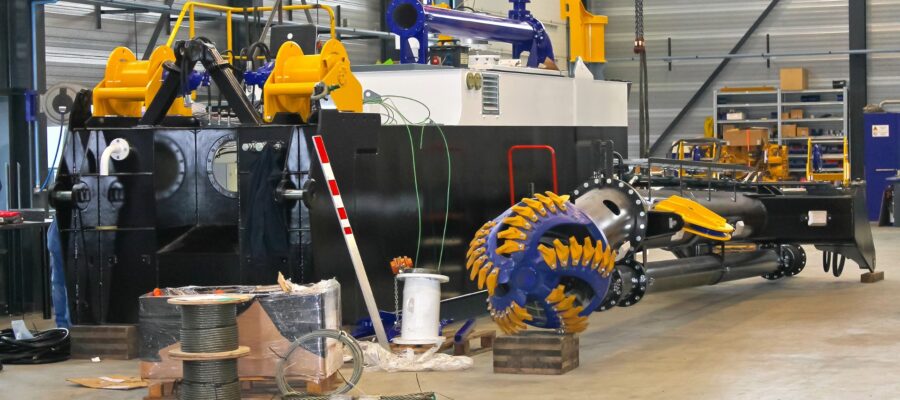

Post a Comment